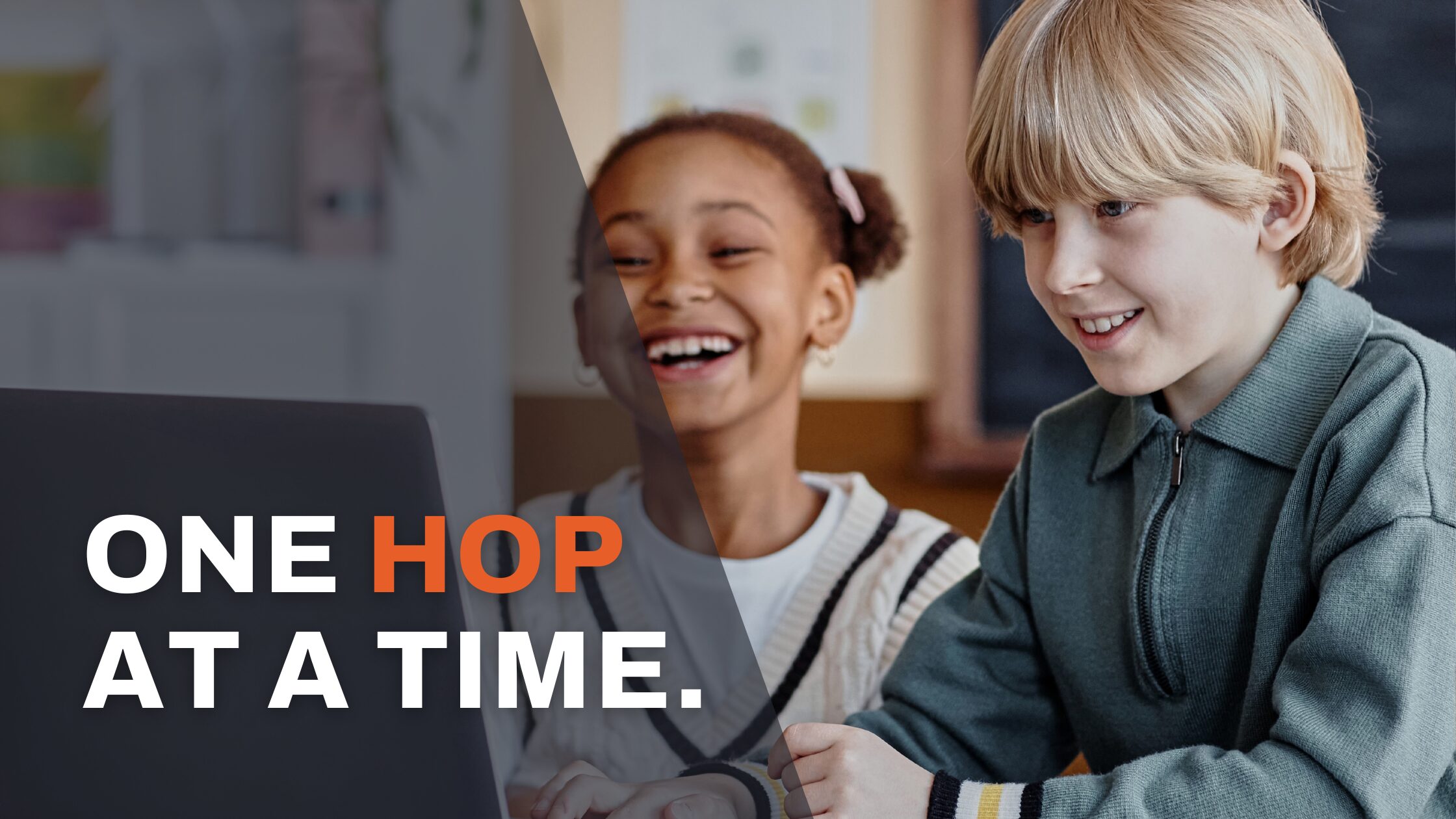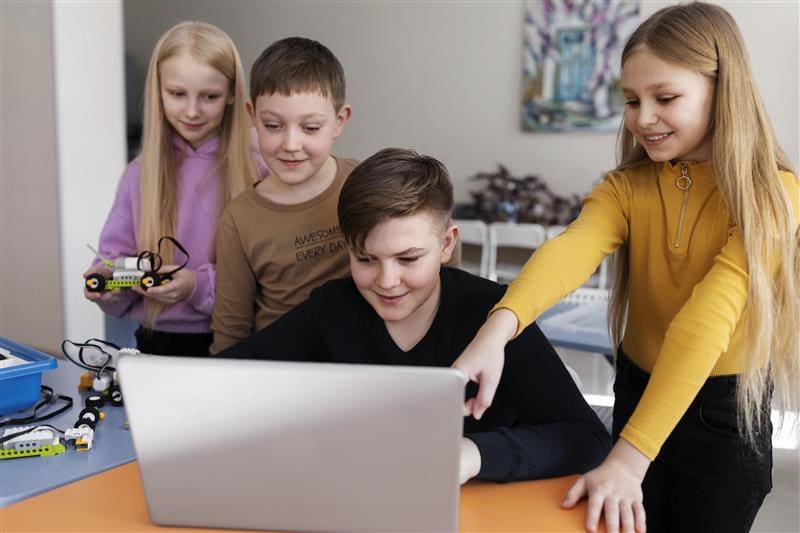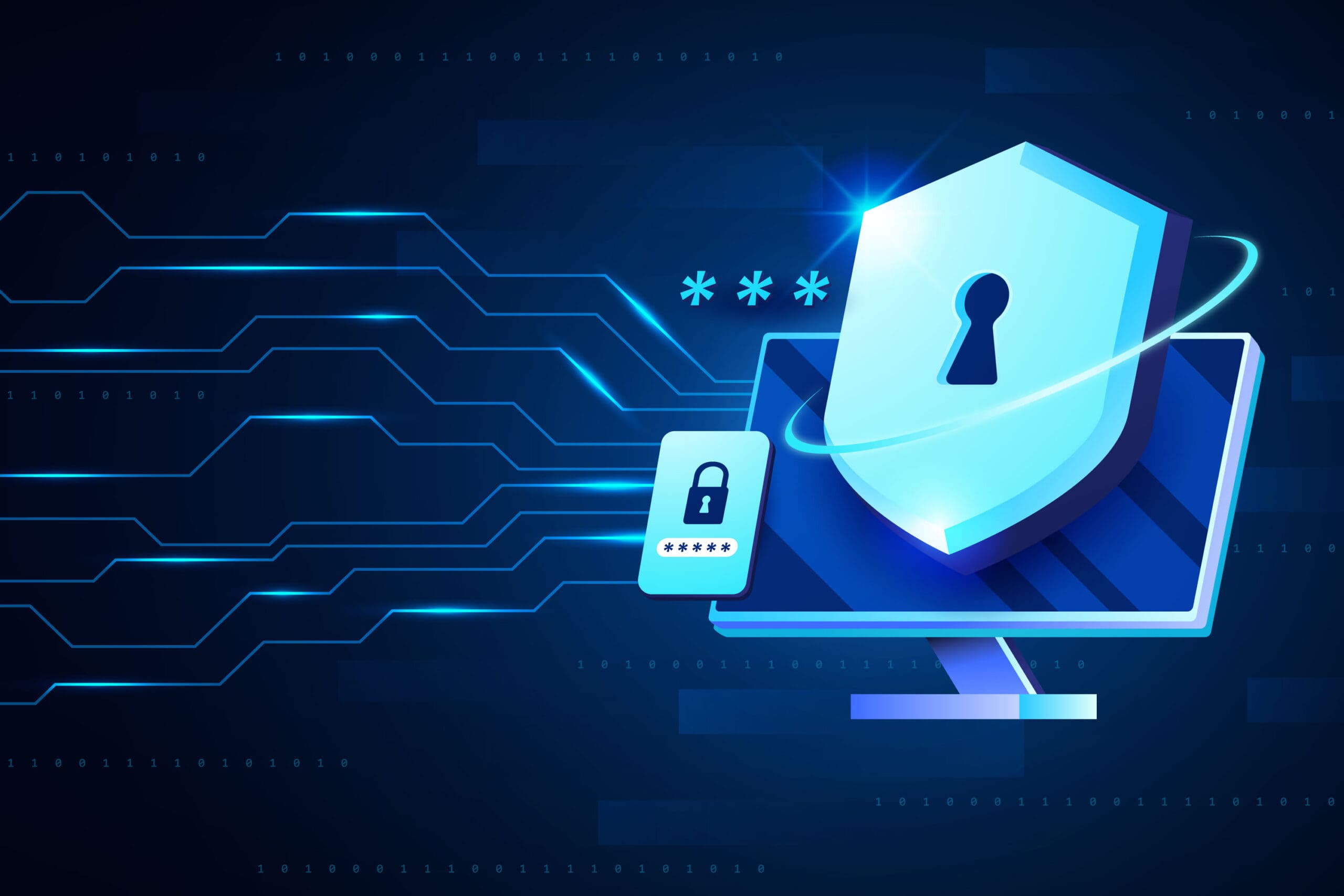In its Emerging Trends in the New World of Education, cloud leader Amazon Web Service claims COVID-19 has expedited digital adoption in education as well as “encouraged educators to rethink how best to deliver education to students.” According to AWS, the digital transformation that had been on the drawing board for the next five to ten years started rolling out in 2020. Instead of taking a decade to modernize, change happened immediately. Going back to university in 2021 will feel like stepping into the year 2030 says Glyn Davis, Former Vice-Chancellor, The University of Melbourne.
Teaching models are changing, enrollments are declining and, increasingly, health concerns are forcing schools to adjust their business and financial models. Despite these challenges, however, COVID-19 has given education institutions an opportunity to innovate and even thrive in a rapidly changing and uncertain era. New digital technologies are making teaching more effective, collaborative, and engaging.
To improve revenue streams, universities have been forced to look at new ways to engage students. Stackable learning – the selection of academic programs that can stack together to achieve a certificate or degree – is gaining traction. For years, community colleges and for-profit education institutions have offered alternative certifications that provide technical skills in jobs demanded by the labor market, but now they are not alone. While bachelor’s degrees are still in high demand, shorter courses and stackable credentials are being introduced to better meet the needs of today’s changing students. These are more affordable than normal university diplomas and they provide flexible time schedules, allowing students to quickly gain certifications in rapidly evolving fields like technology and healthcare. Stackable learning is perfect for students balancing work and education, AWS argues, specifically noting Arizona State University and the University of Melbourne as two innovators in the field.
Personalized Learning
Personalized learning seeks to adapt the teaching style, learning environment, and pace of study to a student’s needs and ambition, giving students freedom in the location, method of study and the learning materials used. Before COVID, personalized learning was growing in popularity, but once the world went into lockdown and home-schooling became the norm, personalized learning exploded.
“Personalized learning is a way to actually enact the pedagogy we believe in and that kids thrive in,” Dianne Tavenner, the founder of Summit Public Schools, reported to Education Week. In 2017, Tavenner said this was the type of education good teachers wanted to provide to their students, but they rarely have the means to deliver it said. What a difference a few years and a worldwide pandemic makes.
According to Learning & Development Agency, a non-profit learning and development agency in the UK, personalized learning offers several advantages over conventional learning styles. Besides the place of learning, style of learning, and unique learning materials available to students with it, personalized learning is a more enjoyable experience for both educator and learner. “It encourages more interaction between individual learners and the educator both inside and outside the classroom.” In particular, the agency argues, personalized learning is useful for adult learners who are more independent, autonomous, and goal-oriented than younger students. These students tend to perform better if the learning material, style, and environment acknowledge their prior education level as well as other skills contends. In a world where many jobs require substantial education, time is a precious commodity, so any approach that minimizes requisite learning time while maximizing knowledge sharing should be promoted.
In his article What Are The Top EdTech Tools For Personalized Learning?, Bob Nilsson points out one of the big pitfalls currently facing personalized learning models: While personal devices like e-readers, tablets, notebooks, and PCs allow students to view various forms of digital textbooks, video lectures, performances, and recorded experiments, this only works well if students have access to well-functioning equipment and broadband networks.
Learning Management Systems (LMS) are at the core of most personalized learning programs, and come in all shapes and sizes, including personalized, project-based, and mastery-based learning applications like Buzz/ Aglix, Edgenuity, itslearning, and PowerSchool. Platforms like Coursera, Udemy, and Khan Academy, already include a wealth of learning content with “practice exercises, instructional videos, and a personalized learning dashboard that empower learners to study at their own pace in and outside of the classroom”. Many of these courses are free or have nominal per-course fees. With the price of production equipment and editing software falling, these courses are becoming cheaper to produce and more profitable, even though the competition is fierce, which is ultimately a net benefit for students.
Digital technologies offer everything from personalized learning assistants that can not only remind students of their assignments but also provide useful feedback on content and quizzes. AI is increasingly being harnessed to uncover a student’s weaknesses and help them learn at their own pace, with data analytics to help educators understand how individual students are learning and whether interventions are needed to improve learning outcomes. The multinational publishing and education company Pearson created Revel to help instructors understand a student’s scores, performance, and time spent on assignments. It can also help tailor unique experiences to ensure a student stays on track.
Conclusion
COVID-19 forced a radical readjustment of education for students, educators and teachers alike. The digital transformation that had been consuming the business world looked to be leaving the education world behind, but everything changed once the world went into lockdown. Suddenly, students needed to get online and work from home and a digital transformation that had been on the drawing board to be pulled out five or ten years in the future suddenly needed to be up and running the next day.
The concept of Personalized learning does have a few pitfalls which mostly concern the educators, according to the Learning & Development Agency. To deliver effective personalized learning, educators must customize their approach, pace and style of learning to an individual student’s needs. “This, however, requires a lot of preparation to first identify the needs of individual learners and then develop a plan to meet their specific needs.” There also remains a definite digital divide between rich and poor students, something governments and corporate America are trying to address with grants and funding to improve access to devices and broadband internet. But there is no doubt that we are making progress, and that investing in improvements to the quality of online education will ultimately help students most in need, because education outcomes improve when learning is personalized.






